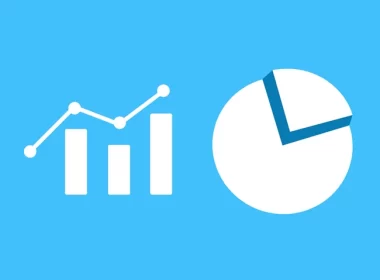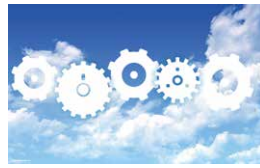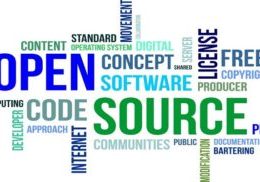Remember the first time a recommendation engine suggested a movie you might like to watch or an album you might like to listen to? Was that surprising? Intriguing? Creepy?
Senior editor Hugh J. Watson explains the spectrum of reactions your analytics can elicit from users (from helpful to creepy to “so wrong”) and why you need to avoid the creepiness factor. Growing concern over use of personal data, worries over eroding privacy, and an alphabet soup of privacy legislation (such as GDPR and CCPA) are impacting the transparency and accountability of enterprise algorithm use. Watson explains how creepiness is a nuanced construct and offers nine best practices to help you avoid it.
The more data you have, the better the recommendations you can make and the analysis you can conduct. The problem is that having more data means you have more to manage. Stefan Brock and Markus Ehrenmann look at a data management project at Swissport that tackled data generated by services for 282 million passengers annually and the 4.8 million tons of air cargo it handles at 122 warehouses worldwide. The authors detail how the company project focused on a multitude of data issues, from governance models and data access rules to data models, data lakes, and interfaces.
Helping to increase data volumes is the rapid growth of small, low-power devices connected to the web that are part of the Internet of Things. Ramakrishnan Ramanathaiah explains the care and consideration that need to go into designing and deploying the various IoT protocols, the emerging standards you need to pay attention to, and best practices in IoT network deployment and security.
With so much real-time data, it’s no wonder that enterprises are moving their organizations from business intelligence to continuous intelligence. Troy Hiltbrand explains what’s behind this trend, how data processing is moving from the batch level to the transaction level (and how to architect transactional processing), and how it can benefit your enterprise.
Bigger data volumes call for scalability. In this issue, our experts—Ben Daniel, Wayne Eckerson, and James Taylor—explain how to scale the human and tech resources you need, what skills you’ll need, and the role DataOps can play in scaling your analytics.
Finally, the winners of TDWI Best Practices Awards highlight success in developing and implementing world-class BI and data warehousing solutions.
As always, we look forward to hearing from you about your problems and solutions; contact us at jpowell@tdwi.org.











